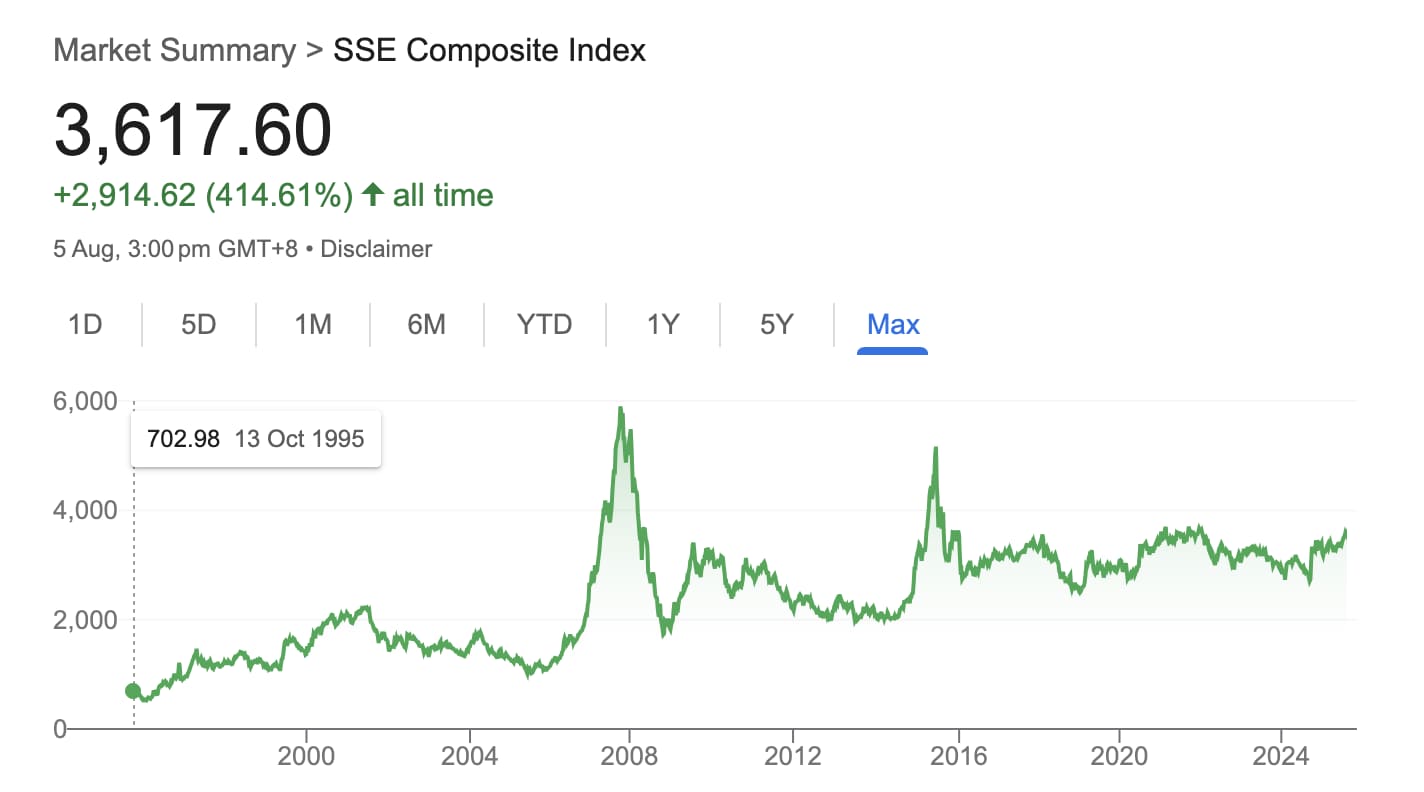I have always kept a part of my portfolio outside India. A small portion, nothing dramatic. Some exposure to US stocks, a bit in global funds. It was not because I doubted India. In fact, I believe in India’s long-term story as much as anyone.
But I also believe in numbers. And numbers tell me that no single market wins all the time.
Still, whenever I talk about investing abroad, the reaction is almost always the same. People ask, “Why do you need that? India is the best place to invest.” Some say it casually. Others say it like a fact.
I used to brush it off. But the more I heard it, the more I realised something. We are not just betting on India. We are often betting only on India. And we think that is enough.
That is the mindset I want to talk about today.
What Is Home-Country Bias?
When I decided to put a part of my investments outside India, it was not a complicated decision. I did not overthink it. I just felt it made sense to spread things out a little.
India was doing well, and I was fully aware of that. But something in me said, why not also look at what the rest of the world is doing? Why only one country, when my goals are still many years away?
Over the years, I noticed something interesting. Different markets take turns. Some years, India leads. In other years, it lags.
Like this year.
As of June 2025, India’s stock market is in the red. Sensex and Nifty have both slipped by around 3 per cent. Meanwhile, markets in the US, Japan, and even parts of Europe are showing solid gains.
See, the core argument here is not comparison but rather giving you the perspective that every market doesn’t move in the same direction all the time.
That is when I came across the idea of home-country bias, a term used for the habit of investing mostly in your own country. Not because you planned it that way, but because it just feels natural.
You understand Indian brands. You see Indian news. You use Indian apps. So it feels like the obvious choice and possibly the only choice.
But here is what I realised. India is only about 4 percent of the global stock market. That means 96 percent of opportunities lie outside our borders. Yet most investors I speak to have 100 percent of their money in India.
That is home-country bias. It is not wrong. But it is something to be aware of. Because the world is much bigger than we usually consider.
When Nifty Gave 3% and Nasdaq Gave 30%
Over time, I noticed a pattern. Different countries take turns. Some years, India does well. Some years, it just… does not.
And when India slows down, it feels like everything is in red – your SIPs, your confidence, even your interest in checking your portfolio. But then you look at what other markets are doing and you realise not everything is slow.
Take the last one year. The Nifty 50 is up by just around 2.5 per cent. Not terrible, but not exciting either. At the same time, the Nasdaq, full of global tech giants, is up by almost 30 per cent.
Now, if all your money was in India, you would not have seen any of that upside. But even a small piece invested abroad would have lifted your overall returns.
It is not that global markets always do better. They do not. But they do differently.
And that difference matters.
You may not even notice it when things are going well. But in a bad year, you are really glad it is there.
That is why I say, sometimes the role of global investing is not to boost returns. It is just to protect your rhythm. To make sure one rough patch does not derail your whole plan.
And honestly, that alone is a win.
What You Can Actually Do
For me, global investing started with curiosity. I wanted to know what else was out there. And over time, I found a way to make it a steady part of my portfolio.
One of the first funds I came across was from PPFAS AMC.
They were among the few in India that openly spoke about the importance of having some exposure to international stocks. Their equity fund always had a portion invested abroad. That idea stayed with me.
Today, global investing is much easier than it used to be. You do not need to open a foreign account or send money overseas through complicated routes.
If you want to keep things simple, there are mutual funds and fund-of-funds in India that give you access to the US or global markets. Some track the Nasdaq. Some follow the S&P 500. A few even give broader exposure to developed markets or a mix of geographies.
If you prefer more control, you can also look at international ETFs. Some investors I know also go the direct route and invest through platforms that allow access to US stocks.
The goal is not to shift everything abroad. At least that was never my plan. I still have a large part of my portfolio in Indian equity. But I made a conscious decision to allocate a small slice to global markets, usually around 15 to 20 per cent.
That number is not fixed, but it works for me.
I am not trying to predict which country will outperform next. I just do not want to be overconfident about any one country, including my own.
And once I added this layer of diversification, I noticed something. The portfolio felt more stable. It gave me perspective. And sometimes, that alone is worth it.
It is not about being aggressive or contrarian. It is just about being aware that opportunities exist beyond what we see every day.
Before we wrap up, I want to leave you with a chart.

This is the performance of the Chinese stock market, specifically the SSE Composite Index, over the past 20 years.
Now think about it.
China was supposed to be the story. Explosive growth. Massive infrastructure. A booming middle class. It became the factory of the world. It grew in every way that mattered.
And yet, look at the market.
Flat. Volatile. Inconsistent.
Despite all the real-world progress, investors who stayed fully tied to the local market often got little in return. Some even lost money over long periods.
That is the danger of assuming economic growth and stock market performance always move together. They do not, to be honest.
Which is why putting everything in one place, no matter how promising, is a risk.
It is not about what a country is doing today. It is about how the market prices it, reacts to it, and cycles through it.
So yes, I believe in India. I always will.
But my money? That goes where it has the best chance to stay balanced and grow, wherever that may be.
Disclaimer
Note: This article relies on data from fund reports, index history, and public disclosures. We have used our own assumptions for analysis and illustrations.
The purpose of this article is to share insights, data points, and thought-provoking perspectives on investing. It is not investment advice. If you wish to act on any investment idea, you are strongly advised to consult a qualified advisor. This article is strictly for educational purposes. The views expressed are personal and do not reflect those of my current or past employers.
Parth Parikh has over a decade of experience in finance and research. He currently heads growth and content strategy at Finsire, where he works on investor education initiatives and products like Loan Against Mutual Funds (LAMF) and financial data solutions for banks and fintechs.

